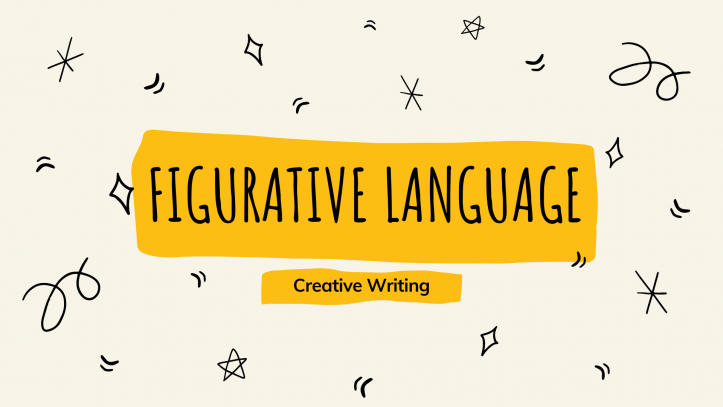Figurative language is more than just plain words being spoken; it is an interpretation of the material being expressed. Figurative language usually involves metaphors, similes, allusions, or even outright hokum. In its most extreme form, figurative language can involve lying to deceive.
The goal in using figurative language is to create mystery, to generate interest, and sometimes to make the statement more believable to the audience. Figurative language has been used for centuries to express feelings and pass on messages that cannot be expressed directly by words. From nursery rhymes to modern literature, people have been expressing themselves with figurative language for thousands of years.

Figurative Language is a subset of all forms of imaginative writing, including poetry, song lyrics, novels, and film and television scripts. It involves the use of figurative imagery, including pictures, drawings, and paintings. It’s used to aid readers in understanding or understand concepts that are often very abstract and complicated, usually meaning something other than what is directly being stated.
Figurative imagery can include a lot of different things, from famous paintings to everyday objects. Figurative imagery is often used to alliterate a thought or idea. Alliteration means the repetition of the same words, ideas, or subjects. An example of alliteration can be found in a nursery rhyme like “Green eggs blue eggs, oh what the birds could say.”
Alliteration in a figurative language can be either direct or indirect. A direct alliteration would be the use of one word to allude to another. An indirect alliteration would be the use of many similar words to allude to other ideas or concepts. For instance, if the writer were to say “Green eggs blue eggs, oh what the birds could say” this is a clear example of a figurative language metonymy.
The beauty of figurative speech is that it can be used in any situation and in any genre of writing. There are hundreds of different types of figures to use and hundreds of different ways to use these figures. This is one reason why almost all genres of written work have some type of figure in them. Figurative speech occurs in books, essays, short stories, songs, and movies. Here are just a few examples of where you might find the figures of speech used.
Love poems, wish lists, and manifestos all use figurative language to communicate feelings and ideas. When dealing with love poetry, the author may use “the bird is watching me” or “I felt I was being watched” as figurative language. Wish lists contain a variety of wishes that the reader could interpret literally or figuratively. Manifestos deal with themes like power, wealth, and spirituality. Some authors will combine several different kinds of figurative language to get their message across.
Figurative phrases examples can be found everywhere. Newspapers regularly include topical art pieces in the news column. The art style of newspapers is actually rather unique because they tend to be more colloquial and informal than most printed materials. Another great place to find figurative language would be in television shows like Star Trek, X-Files, and Seinfeld. Almost every episode features a character speaking in a figurative language that seems to have no meaning on its own but can be taken completely literal when placed in a story.
All genres of written work have their own unique style, but they all have one thing in common. These genres all use figurative language to tell a story. There are almost as many figurative language examples as there are genres of literature. When you find a piece of literature that utilizes this language, you should make note of it. As time goes on, you will be able to look for similar metaphors everywhere.